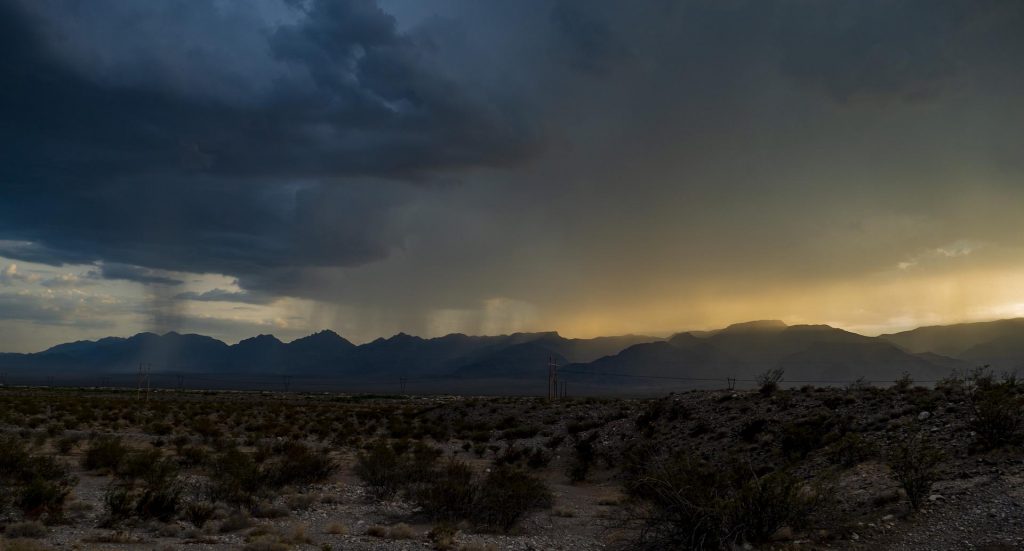Some stories about our lives we live to tell. But many we do not, for these may only be told after we are no longer alive to tell them.
Walking through a cemetery provides ample opportunity to reflect on how the dead speak, or are spoken for, by the graves that contain them. For some, nothing less than a mini mausoleum will do. What shape this takes will depend on one’s faith, tastes and graveyard by-laws (death might liberate us from suffering and mortality but the coils of administrative rules endure into the great abyss!). I must admit I usually walk quickly past these graves. The elaborate carvings of angels, the miniature domes and elaborate calligraphic laments appear to me to be an unceasing howl from the big beyond. Do the dead get bored seeing the same engraving over themselves until they are resurrected out of their graves? I am always drawn to the graves that narrate in silence the lives extinguished beneath them. Muslims will often leave instructions that their graves are to be a mound of earth and dust with nothing solid to record their existence. What I hear when I see these graves are the words of the Qurʾān: “All that is upon it perishes: and there remains only the face of your Lord of majesty and honor” (Q. Al-Raḥmān 55:27).
On a recent walk through a Muslim cemetery, I was struck by the irony and profundity of a marbled tombstone etched with words from the Sufī poet Bābā Farīd, reflecting on our most enduring memorial:
“Behold Farīd, blowing dust
Dust piling upon more dust.
Laughing dust, weepy dust
Dust ending into dust.
Say not, servant, “me” and “mine”
For it is not yours, nor mine.
Our world is a four day bustle
Then a pile of dust.“

Abdul Rahman Mustafa ist wissenschaftlicher Mitarbeiter am Paderborner Institut für Islamische Theologie an der Universität Paderborn.
#dust #graves #cemetry
